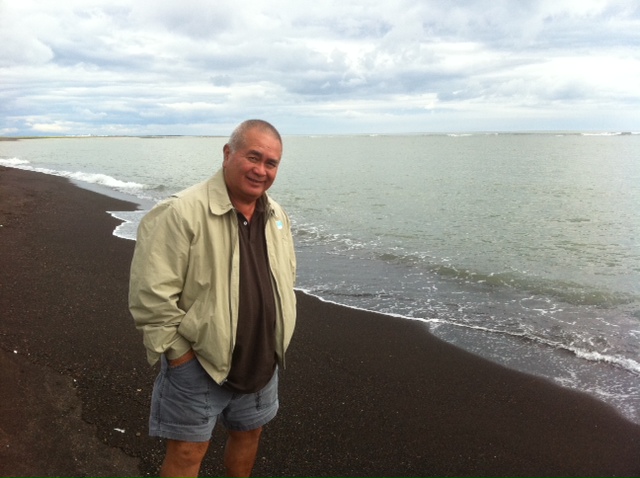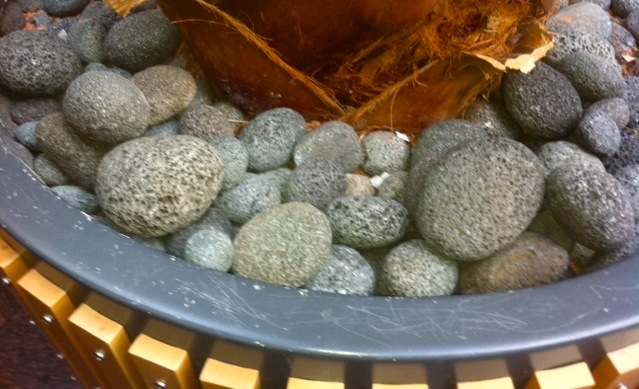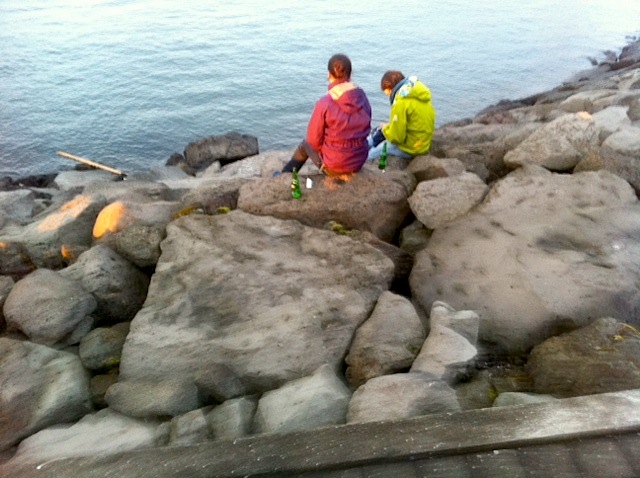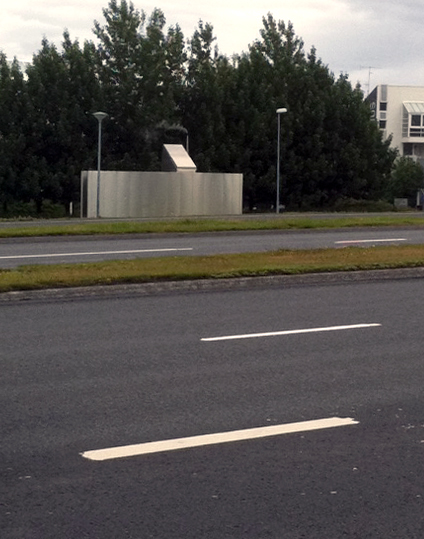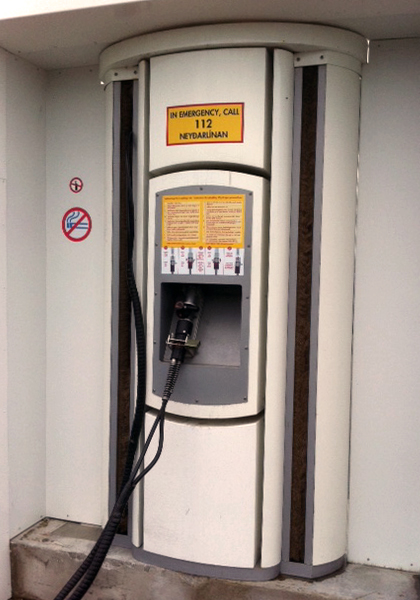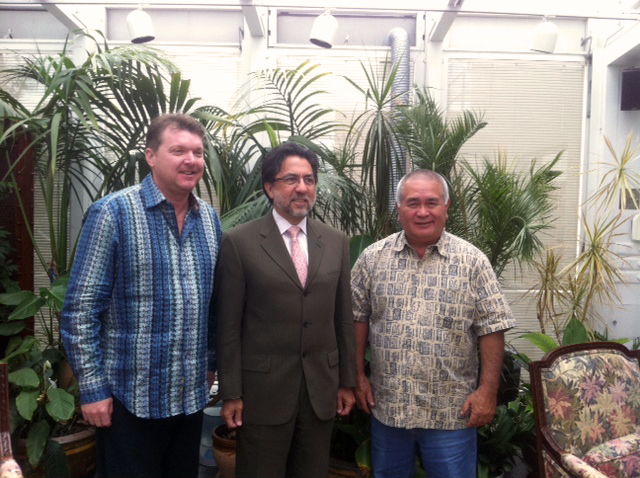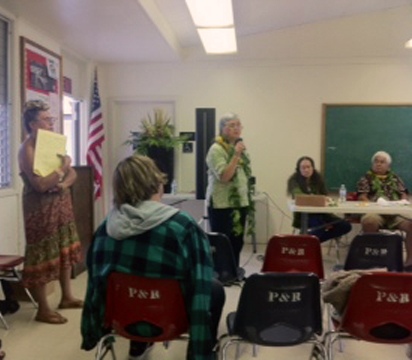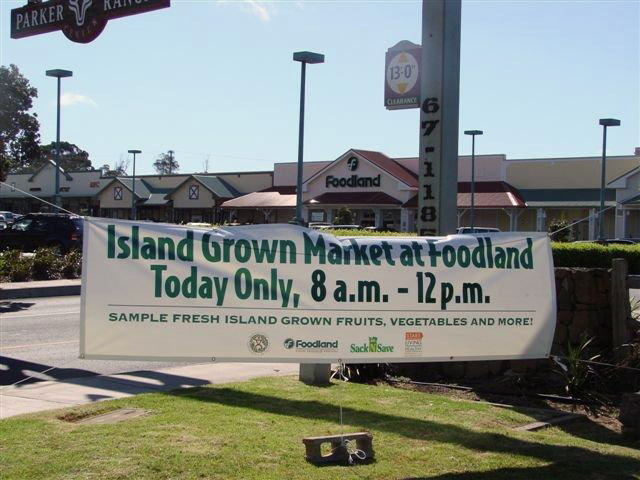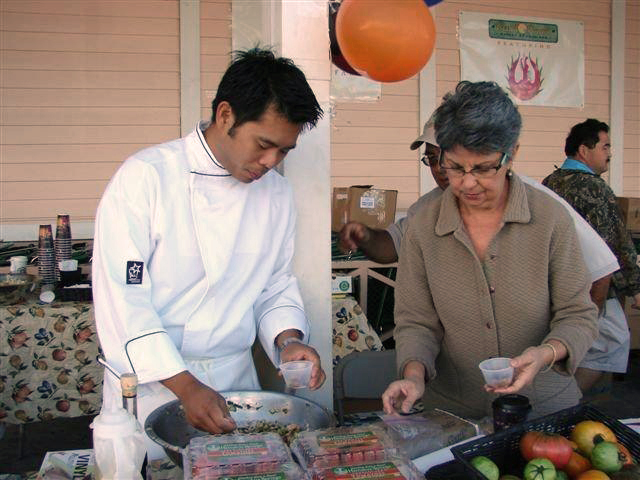After writing here about the voyaging canoes that just arrived in Hilo from Aotearoa (New Zealand), I really wanted to go down to the bayfront yesterday to help welcome them.
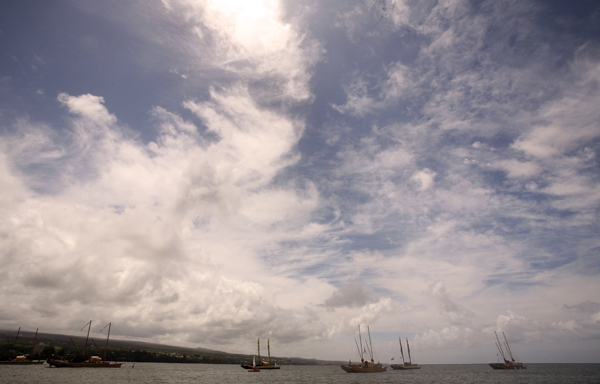
There are seven voyaging canoes at Hilo Bay right now. They left Aotearoa in April, led by traditional-style navigators from around the Pacific, on a journey called Te Mana O Te Moana (The Spirit of the Sea). Their voyages, which are being filmed for a documentary, are being made to raise awareness about our ocean environment and the need to care for it.
And of course, their journeys celebrate the revival of traditional navigation.
The official welcoming ceremonies started yesterday morning. There were hakas by some of the voyagers, and speeches of welcome, and more.
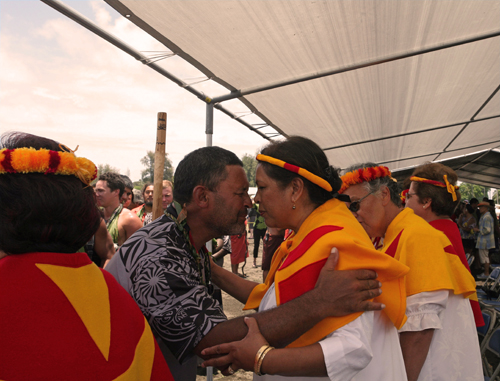
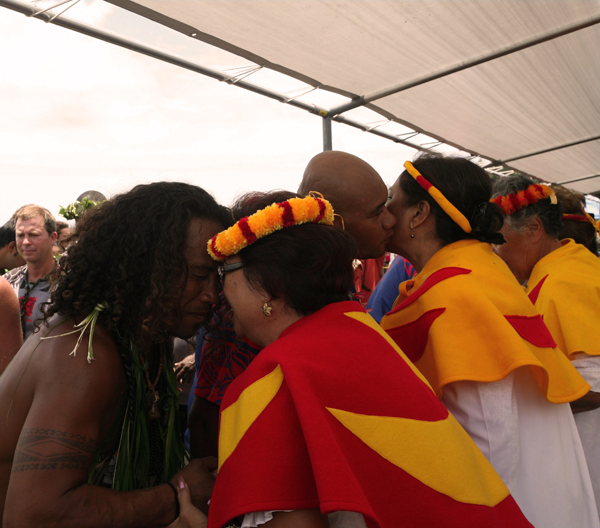
Chad “Kalepa” Baybayan, Navigator-in-Residence at Hilo’s ‘Imiloa Astronomy Center, told the crowd that Nainoa Thompson had called from Honolulu that morning, apologizing because he couldn’t be there. He’d been up all night with a sick child, and then just as day broke, his other child had woken up sick.
Nainoa Thompson, of course, is the master Hawaiian navigator who was at the very forefront of bringing back the long-lost art of traditional Polynesian navigation.
The seven vaka/wa‘a/canoes were lined up there in the bay, and seeing them there made me wonder how many times in the distant past there had been similar sights there. Many, I’m sure.
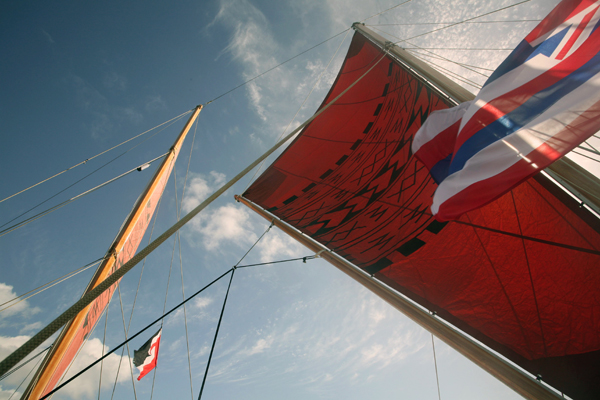
Lots and lots of people from the community came out to welcome the canoes, and all the local canoe clubs were there, and it was a neat place to be.
After awhile we left, but then a couple hours later we happened to drive past the bayfront again and I could see from Kamehameha Avenue that the wa‘a all had their sails unfurled. “Let’s go see what’s happening now!” I told my 7-year-old, and we turned in.
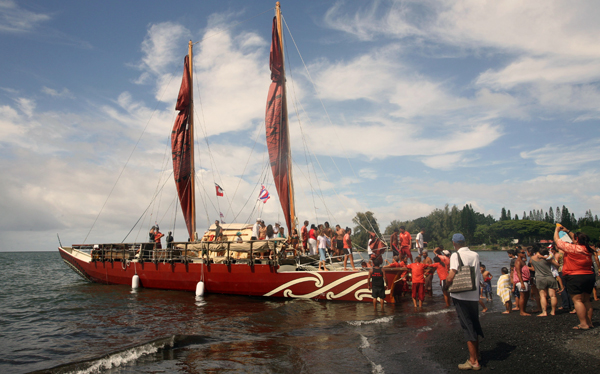
They were taking people out on the canoes, that’s what was happening. It was great!
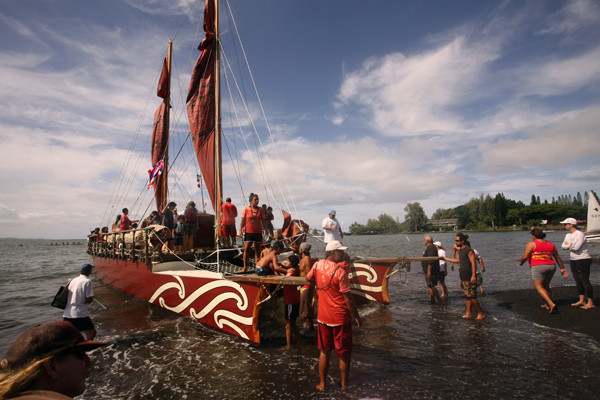
We hopped in line and got to go for a sail around Hilo Bay on the Haunui, or “Big Wind,” as one of the crew members translated it. It’s the canoe that was crewed by people from several different island nations.
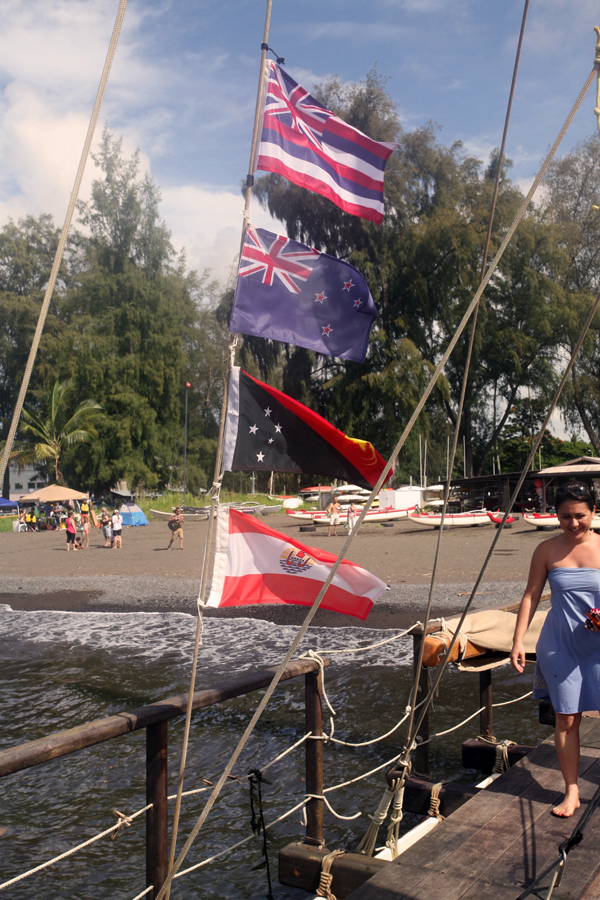
It turned out that Ka‘iu Kimura, executive director of the ‘Imiloa Astronomy Center, happened to come along for a ride at the same time as us, and we chatted for a bit. She’s going to be on one of the canoes when it leaves Hilo Tuesday. They will stop at a couple other islands and then she will continue with it until O‘ahu.
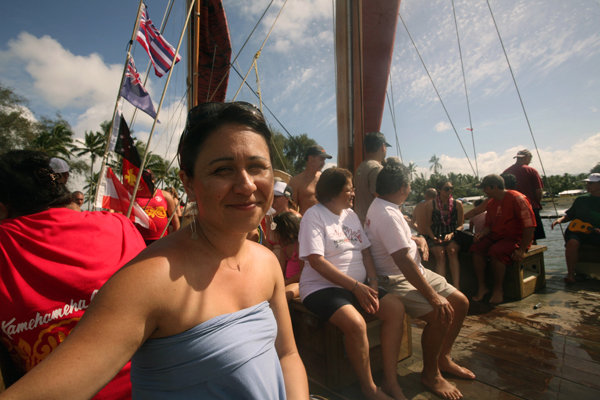
“Are you a canoe person?” I asked her, and she said no, not really, and then told me that she’d sailed with the Hokule‘a back when it voyaged to Japan. That was a month’s journey, and included her getting to meet her Japanese relatives she’d never met before. Wow! What a way to arrive.
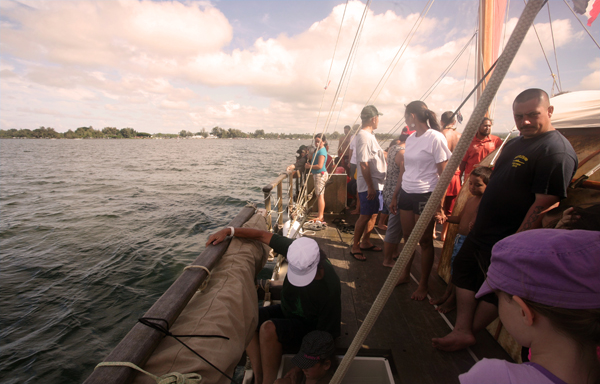
We got to go down below on the canoe and see where they sleep. It’s such a small space. One of the crew members said he thinks the bunks must be 6’4” long, because when he lies down he touches both ends. And they are narrow, as is the walkway between.
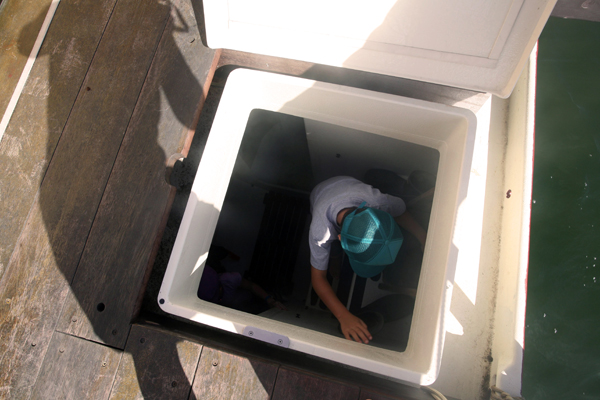
The narrow walkway between the bunks is filled with jugs of fresh water, which you have to walk atop.
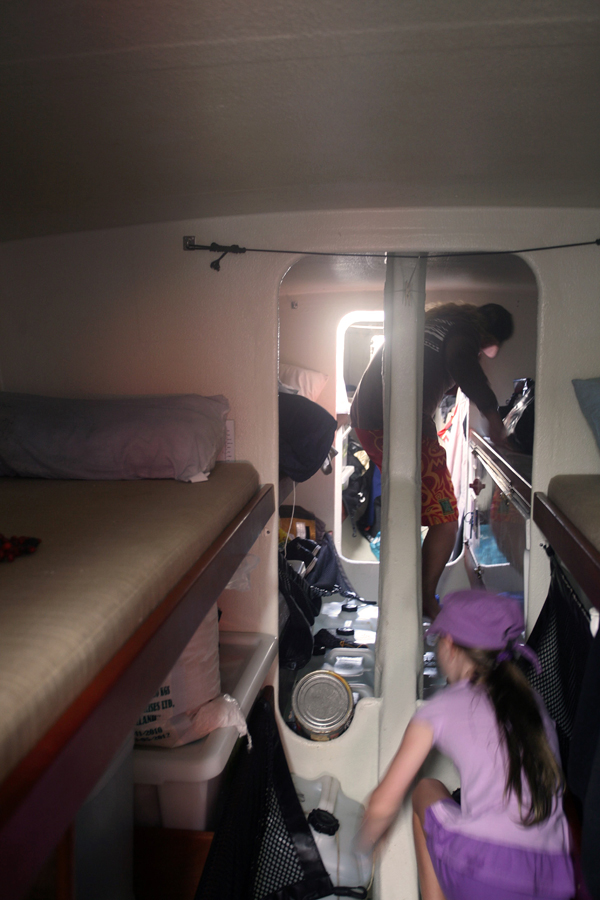
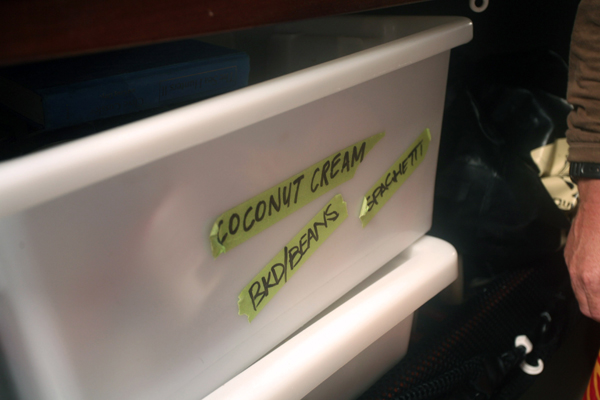
It was so great to get to see the wa‘a. “A once in a lifetime experience!” I overheard a man say into his cell phone, as he told someone about what was going on there.
I totally understood his enthusiasm, but you know what? It really wasn’t something we’re only going to see once. It’s happening a lot now. These and other voyaging canoes are moving around the oceans, and we will keep seeing them.
Traditional Polynesian voyaging, this method of wayfinding and journeying that originated with wise ancestors who lived long, long ago, is back and it’s strong. The new generations are learning it, in different places and on many different islands, and it’s not likely to be lost again.
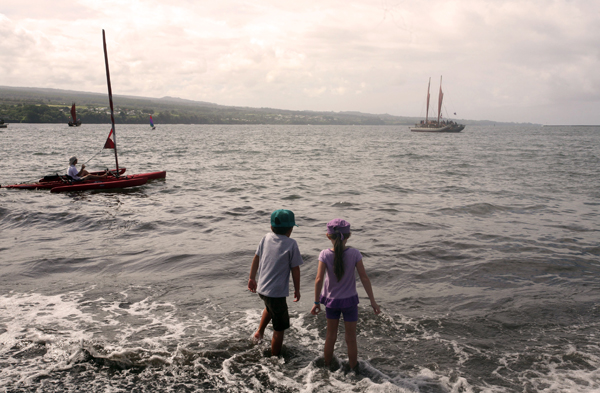
Along with these skills of being able to find one’s way across a vast ocean without GPS, and not having to depend on oil, comes a lot of other strengths. It is such a positive thing.

And getting a glimpse of that yesterday – learning a little bit about what it looks like, feels like and smells like to sail through the water – was a wonderful experience.
It’s great to see that this traditional knowledge is alive and well; and also that it’s such an integral part of the fabric of Hawai‘i (and other Pacific island groups) again.

